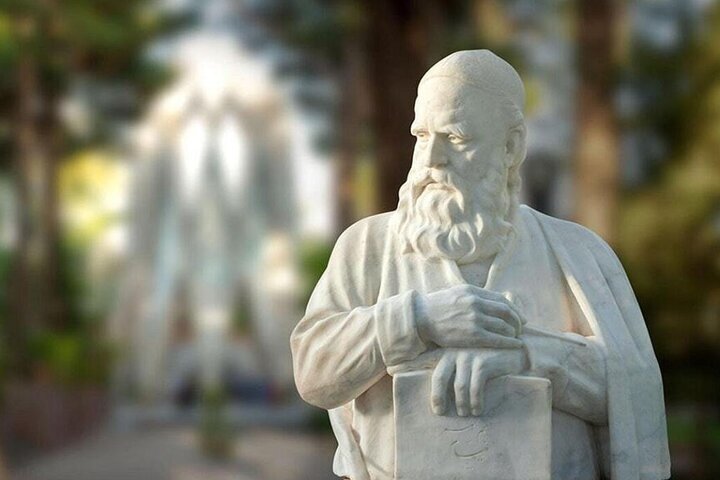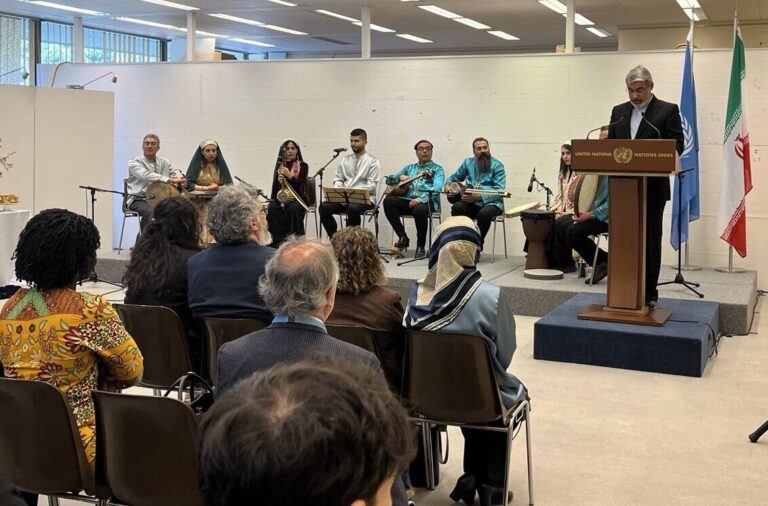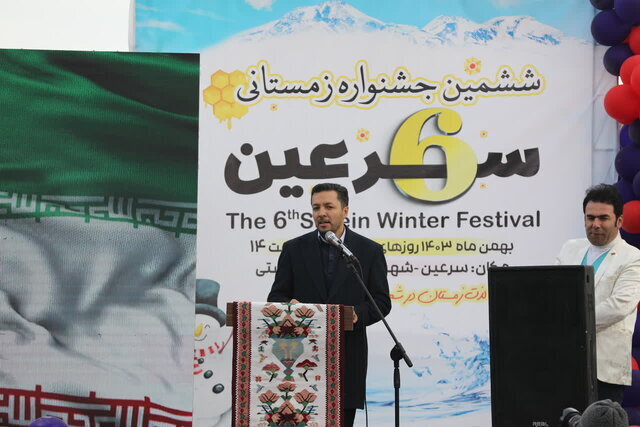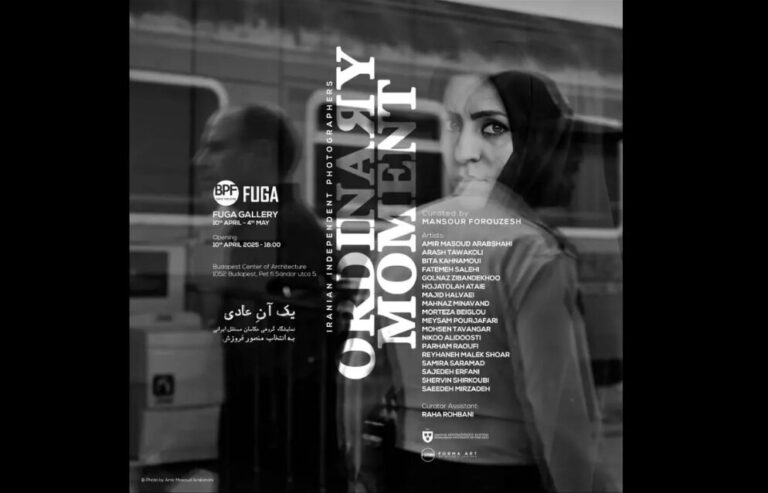Khayyam: The Visionary Who Unites Science and Art in a Unique Fusion
On May 18, Iran celebrates the National Day of Omar Khayyam, a prominent figure in Persian literature, mathematics, and astronomy. This day honors Khayyam’s substantial contributions to various fields, highlighting his enduring legacy in both Persian culture and global intellectual history.
Omar Khayyam was born in Neyshabur, located in Khorasan, which is often regarded as the cradle of knowledge and science in Iran. Throughout his life, he traveled to different cities, where he made significant strides as a mathematician and astronomer during the medieval period, as reported by Mehr news agency.
The celebration of Khayyam’s legacy revolves around several key aspects:
- Literary Contributions: His famous Rubaiyat (quatrains) are celebrated worldwide for their depth, wit, and exploration of existential themes.
- Mathematical Innovations: Khayyam made notable advancements in algebra, particularly solutions to cubic equations, and contributed significantly to the development of geometric methods.
- Calendar Reform: He played a crucial role in the creation of the Jalali calendar, known for its remarkable accuracy.
The day of commemoration emphasizes Khayyam’s global influence and the importance of May 18, which serves as a reminder of his multifaceted contributions. His poetry often reflects profound themes of skepticism, the fleeting nature of life, and the quest for joy amid life’s transient moments.
Khayyam’s legacy is marked by his remarkable ability to blend scientific rigor with artistic expression, solidifying his status as a true Renaissance man. His interdisciplinary approach serves as an inspiration for contemporary scholars and artists, encouraging them to reflect on his significant impact across various disciplines.
In addition to his work in poetry and mathematics, Khayyam explored various subjects, including:
- Mechanics
- Geography
- Mineralogy
- Music
- Islamic Theology
He is regarded as one of the most important figures in the history of algebra, alongside his philosophical contributions. In Europe, the English translation of his quatrains by Edward FitzGerald has made Khayyam’s work accessible to generations of readers, further amplifying his influence.
Khayyam passed away in Neyshabur, where his mausoleum stands as a masterpiece of Islamic-Iranian architecture. This site attracts numerous visitors each year, serving as a testament to his enduring legacy.
The impact of his Rubaiyat goes beyond mere literary acclaim; they delve into profound reflections on life, death, and the search for meaning. These verses, often tinged with a melancholic acceptance of fate, invite readers to ponder the ephemeral nature of existence and savor the present moment.
While the precise number of quatrains definitively attributable to Khayyam remains a topic of scholarly debate, the universal themes within his poems resonate across cultures and centuries. His works grapple with questions about:
- The mysteries of the universe
- The limitations of human knowledge
- The allure of earthly pleasures
In terms of mathematical achievements, Khayyam’s contributions were revolutionary. He provided geometric solutions to cubic equations, laying the groundwork for future developments in algebraic geometry. His explorations of the parallel postulate also opened the door for non-Euclidean geometry, showcasing his forward-thinking approach to mathematics.
Omar Khayyam stands as a towering figure of the medieval period, exemplifying the flourishing intellectual landscape of Persia during the Seljuk era. His legacy as a scholar, poet, and philosopher continues to inspire those who seek wisdom and beauty in equal measure. The tomb of Khayyam in Neyshabur serves as a tangible reminder of the lasting impact of his contributions to human knowledge and artistic expression.
As we celebrate the National Day of Omar Khayyam, let us reflect on the importance of his work and the profound influence he has had on literature, science, and philosophy. His life and achievements remind us that the pursuit of knowledge and beauty can leave an indelible mark on the world.






